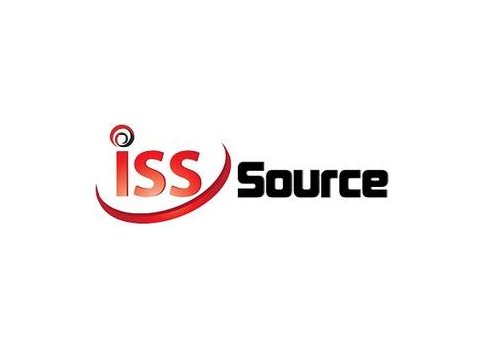Importance of safety and security on the rise
When it comes to safety, or even running a process, everyone has to be on the same page to ensure a smooth running operation.
 Safety and security are an important combination in any industry, but when you talk about the offshore oil and gas industry, the subject definitely ratchets up a few levels.
Safety and security are an important combination in any industry, but when you talk about the offshore oil and gas industry, the subject definitely ratchets up a few levels.
Yes, folks at the Offshore Technology Conference (OTC) 2014 in Houston talked about all issues related to the booming oil and gas market, but safety and security always ended up a main topic of conversation. For good reason as users worry about their multi-million, if not billion, dollar investment and want to keep their platforms up and running so they can make as much product, and profit, as possible.
Just a quick sampling of wares at OTC there were ruggedized safety and security products, a balloon security camera, automated security software, simulations, just to name a few.
When it comes to safety, or even running a process, everyone has to be on the same page to ensure a smooth running operation.
"You have to make sure the teams work together," said Mahesh Kailasam, solutions experience director of energy, process and utilities at Dassault Systemes. "They all start from the same platform, but sometimes Team A does not know what Team B is doing."
When it comes to safety, Stephane Declee, vice president of energy, process and utilities at Dassault sees the levels of importance continuing to rise.
"We see constraints and opportunities moving forward," Declee said. "There are more and more constraints today. What we want to do is connect all the different sectors."
"It is all about communications," Kailasam said.
Understanding what the user wants and needs has always been important, but today there really is no room for failure, so that is why communicating with the user from the beginning of a project is imperative.
"We want to engage with the (user) at an early point," said Luis Gamboa, oil and gas industry solutions manager at Rockwell Automation. "We need to understand what the (user) is going to do."
While safety remains job one on any platform, the idea of keeping the system running to generate more product also is vital. The catch is, both those ideas can and should work together.
"Protecting the environment, assets and people are important values in safety strategies," Gamboa said. "Making safety decisions based on compliance and social responsibilities is one thing, but shutdowns cost money. We have to engage in safety strategies to keep systems up and running."
Keeping in line with strategies, the Israel Pavilion at OTC had a series of firms focusing on the offshore oil and gas market, but security was one of the main focuses. As Michal Niddam-Wachsman, the Israel consul head of the economic mission said, most of the security solutions on display at the conference all came from the military because they had to create security solutions. Now they are applying those hardened applications toward industry.
One of those companies is RT Aerostat Systems, which uses balloons floating from 1000 to 1500 feet in the air with a high end camera that can view anything that is happening in the area including unmanned aerial surveillance, reconnaissance and target acquisition, border and coastal surveillance, intelligence, VIP protection, and search and rescue.
"We just started working on search and rescue and working in a disaster environment," said Rami Shmueli, managing director at RT.
While RT remains focused more on a physical security standpoint, NextNine is purely about cyber security and how they can automate the environment.
"We allow the brains to do their job remotely so they don’t have to go out to the site," said Michael Coden, vice president at NextNine. "We can automate the tedious parts of the job that are time consuming and error prone."
He gave patching as an example. "Our software can download all the relevant patches so individuals don’t have to spend the time doing it," he said.
He gave one example of a small utility out West. "One person’s entire job is to install patches. His job for 40 hours a week, 50 weeks out of the year is to install patches," Coden said. "A lot of small companies just won’t patch. Things that are difficult to do, they won’t do it."
With more SCADA systems suffering from more sophisticated attacks and with platforms not necessarily loaded with the latest and greatest security offerings, Palo Alto Networks teamed with the Crystal Group to offer a series of rugged embedded computers and VM-Series firewalls.
Attacks are happening more frequently and platforms are incredibly vulnerable if they don’t have a solid security program. These rugged devices can help stave off any kind of attack, said Yves-Laurent Sivuilu, systems engineer at Palo Alto Networks.
Gregory Hale is the editor and founder of Industrial Safety and Security Source (ISSSource.com), a news and information website covering safety and security issues in the manufacturing automation sector. This content originally appeared on ISSSource.com. Edited by Brittany Merchut, Project Manager, CFE Media, bmerchut@cfemedia.com
Do you have experience and expertise with the topics mentioned in this content? You should consider contributing to our CFE Media editorial team and getting the recognition you and your company deserve. Click here to start this process.


